Austin, Texas is a town that thrives on its culture rooted in the arts, food, fashion, and the quirkiness that gives it a bit of character and charm. As the home of SXSW and the Circuit of the Americas, Austin has a unique grasp of the Millennial lifestyle that is progressive, fast paced, and in tune with current events. So it was quite fitting that the launch of Toyota’s bold new model, the C-HR take place in an avant garde city full of life and personality.
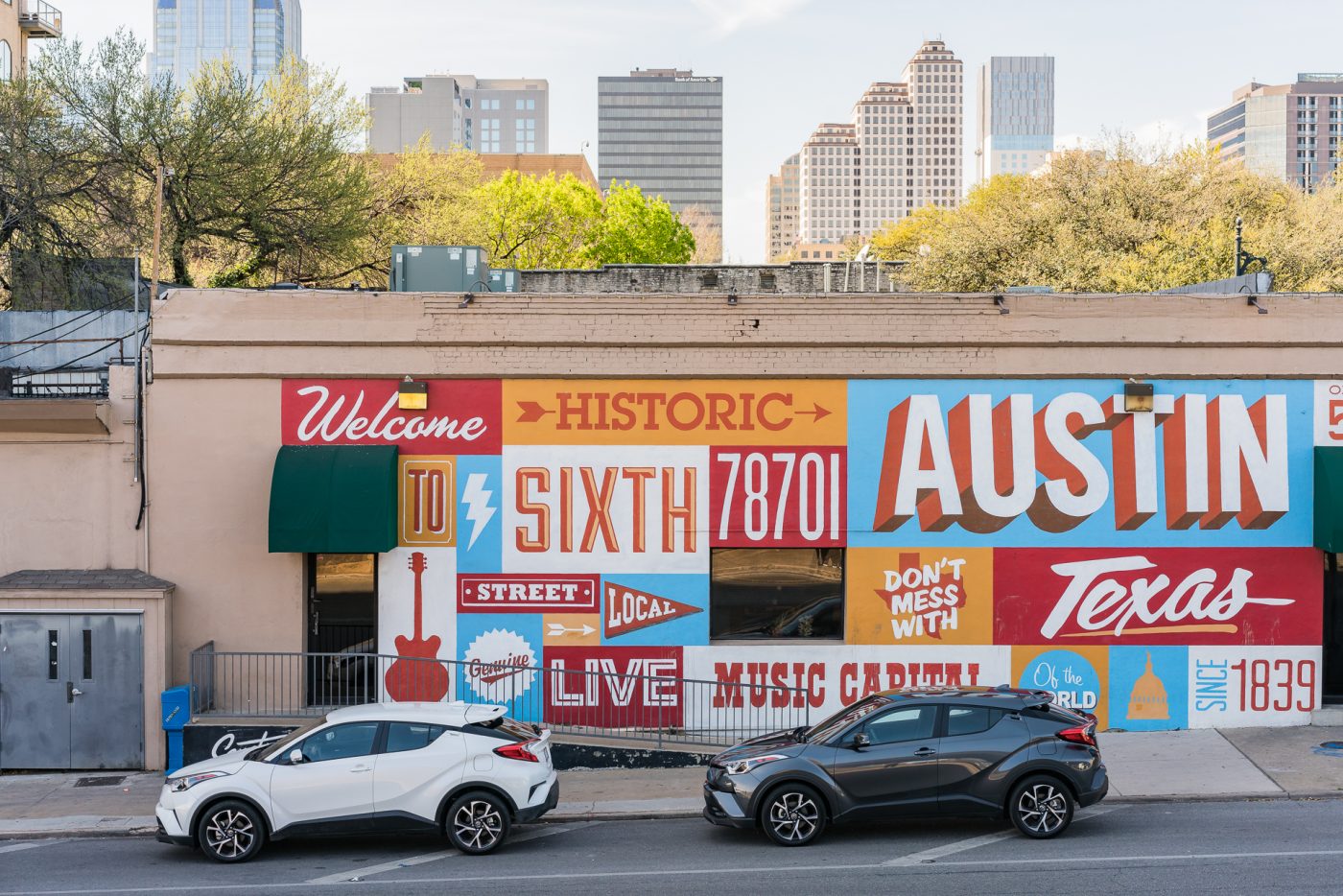
Originally, slated to be released under the Scion (R.I.P) moniker, the Toyota C-HR aims at the attention of Millennials with their all-new entry level vehicle. With Scion DNA coursing through its veins the Toyota C-HR is packed with style, basic technology, and a reasonable price point.
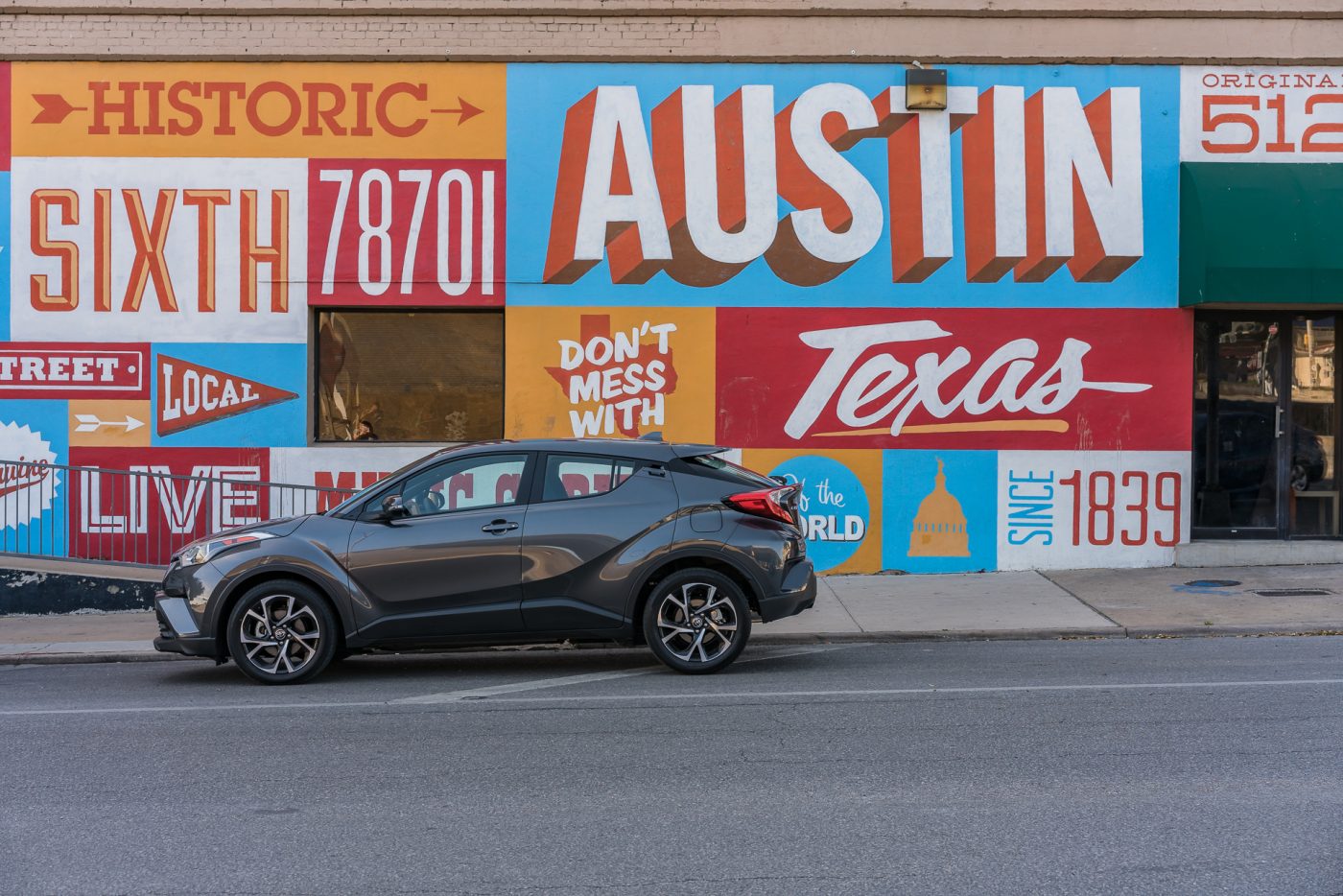
C-HR stands for Coupe, High Rider and is described as a “crossover,” which may be a little confusing as the vehicle has 4 doors and has a mere 5.9 inches of ground clearance. But semantics aside, this compact vehicle is a great addition to the Toyota line-up as a great bang for your buck first vehicle and here’s why.
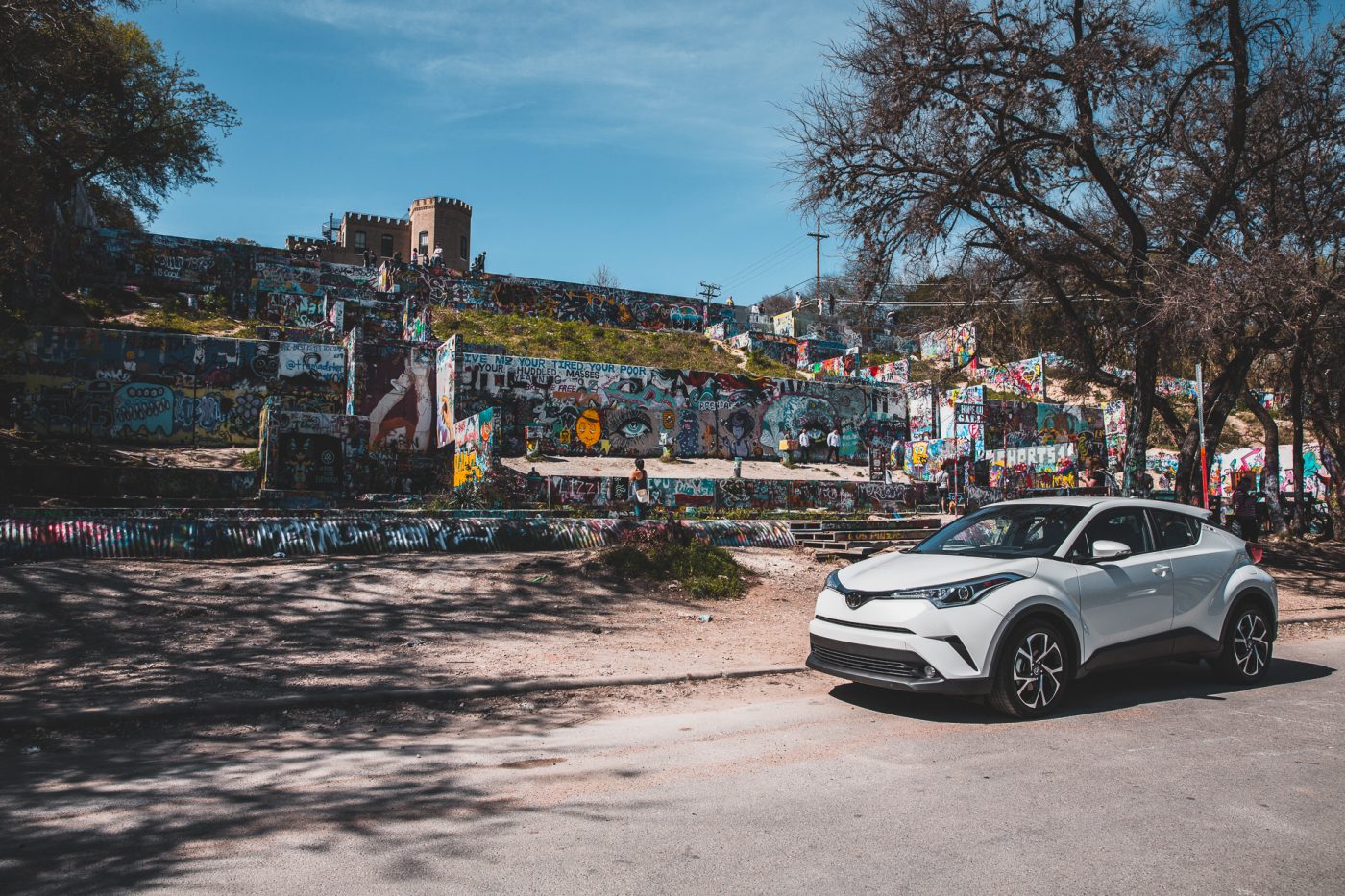
The muscular fenders and short stature of the C-HR is very bulldog-esque. The sharp and angular headlights are sleek and modern. The sweeping bodylines flow towards the back of the vehicle until they casually disappear. The rear door handles are discreetly placed near the roofline, almost completely hidden within the C-pillar. The handles themselves are a bit odd and would require some time to get used to, but the visual statement of its displacement gives a coupe-like feel to the sporty and athletic stature of the car.
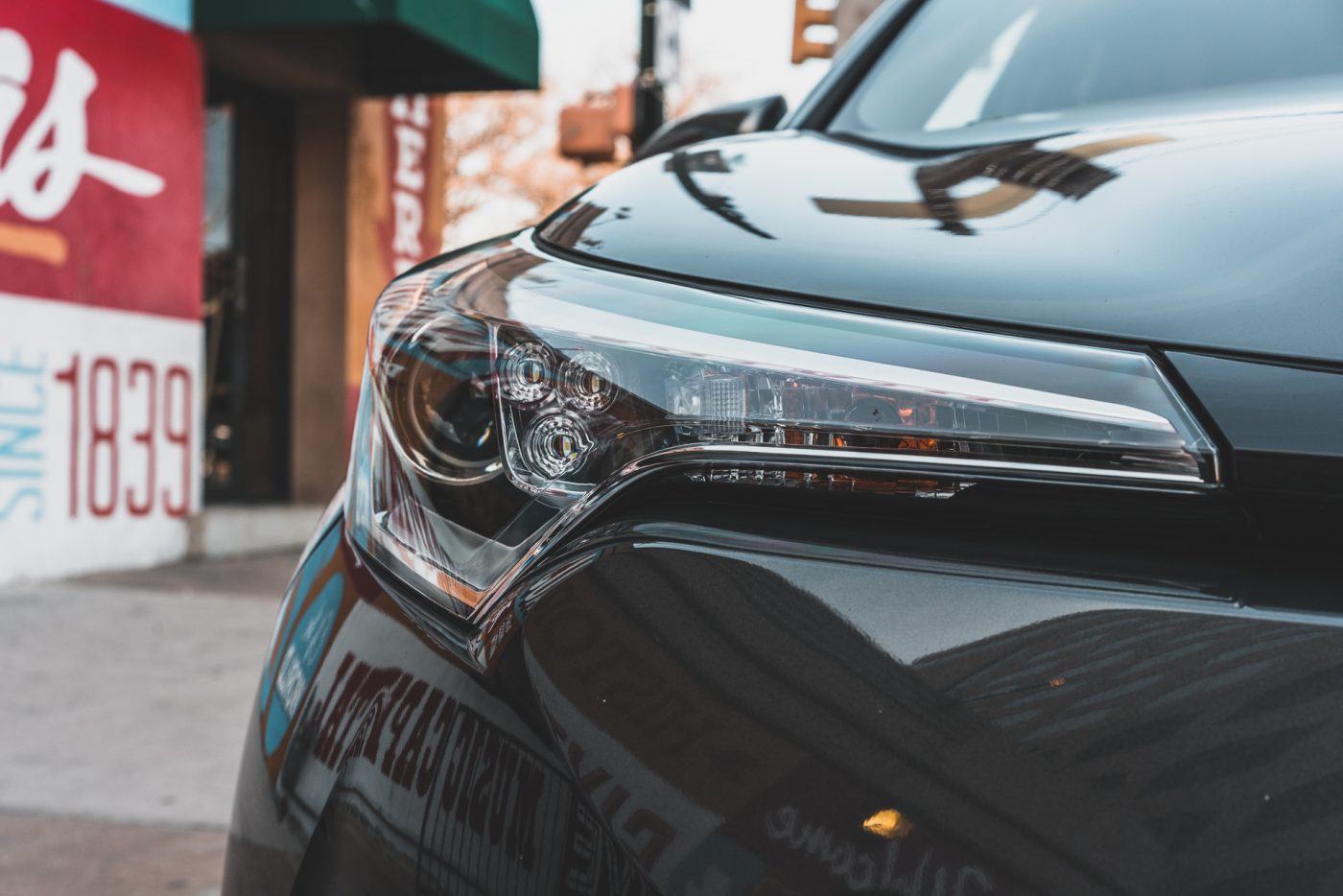

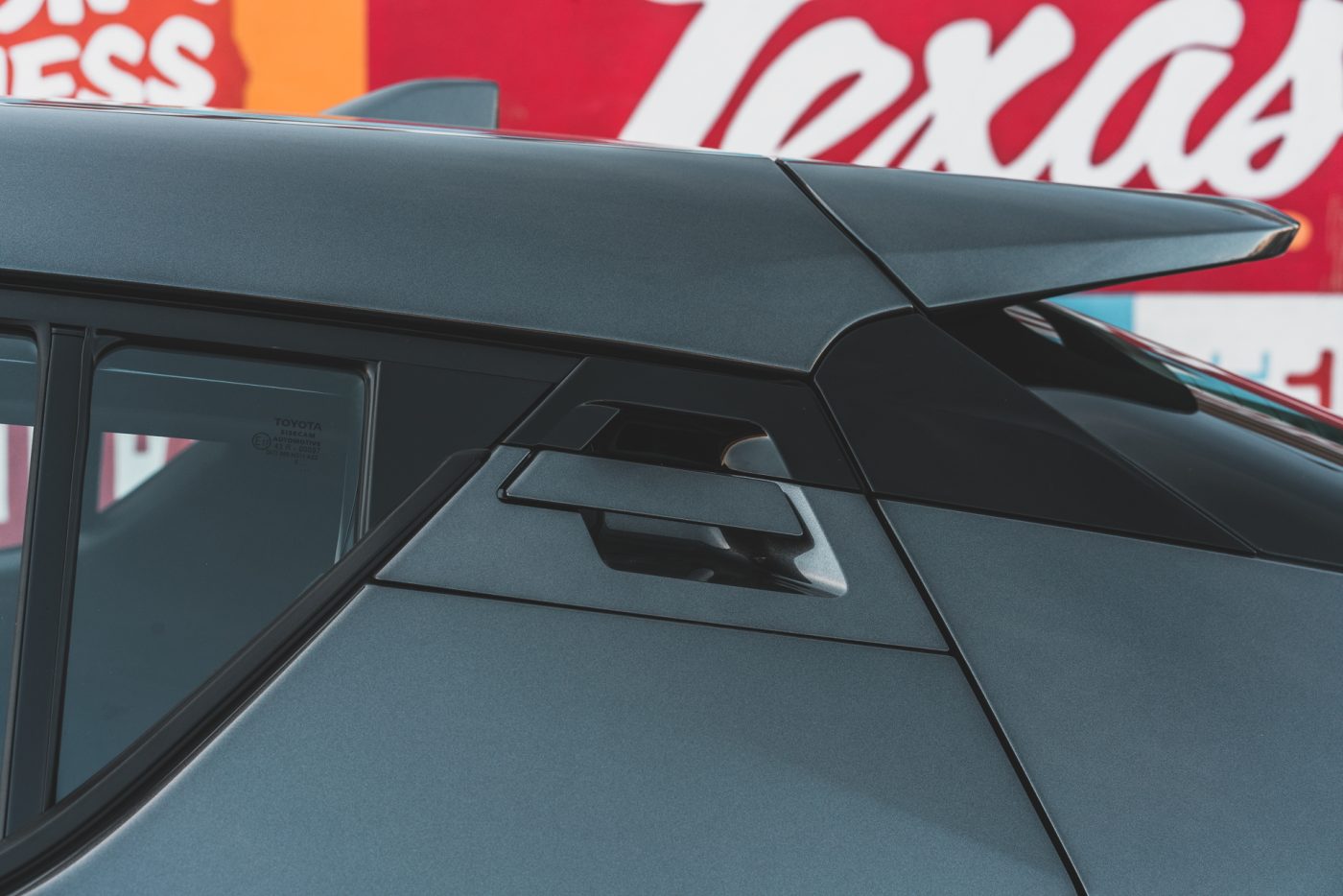
The C-HR is available in the U.S. in an array of assorted colors. Nine total color combinations are available including three R-Code variants. R-Code is a special paint job that comes from the factory with a white painted roof, side mirror, and A-pillar. I personally don’t like the Mini-inspired look and unfortunately the black roof version is only available as of now in other regions of the world i.e. Europe. My guess is that the black roof will become an option down the road.

The cabin is surprisingly spacious with driver amenities that include a 7-inch audio display, dual climate control, auto-dimming rearview mirror with integrated backup camera, and bucket seats. The C-HR has the bases covered and then some. For those looking for a bit more, the XLE Premium (the only upgraded trim available) adds Blind Spot Monitor, Rear Cross Traffic Alert, heated front seats, 8-way adjustable driver’s seat, and Push Button Start.
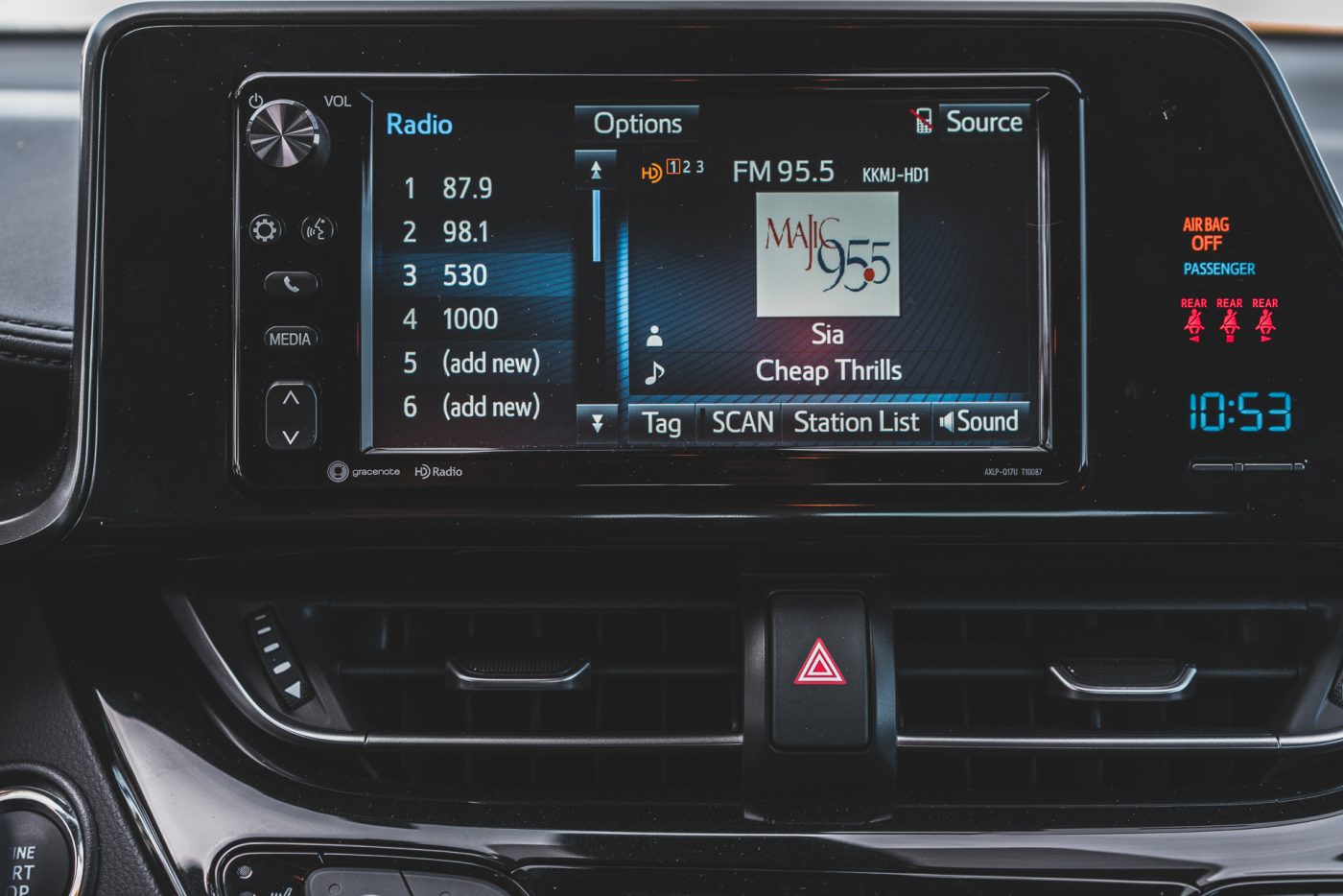
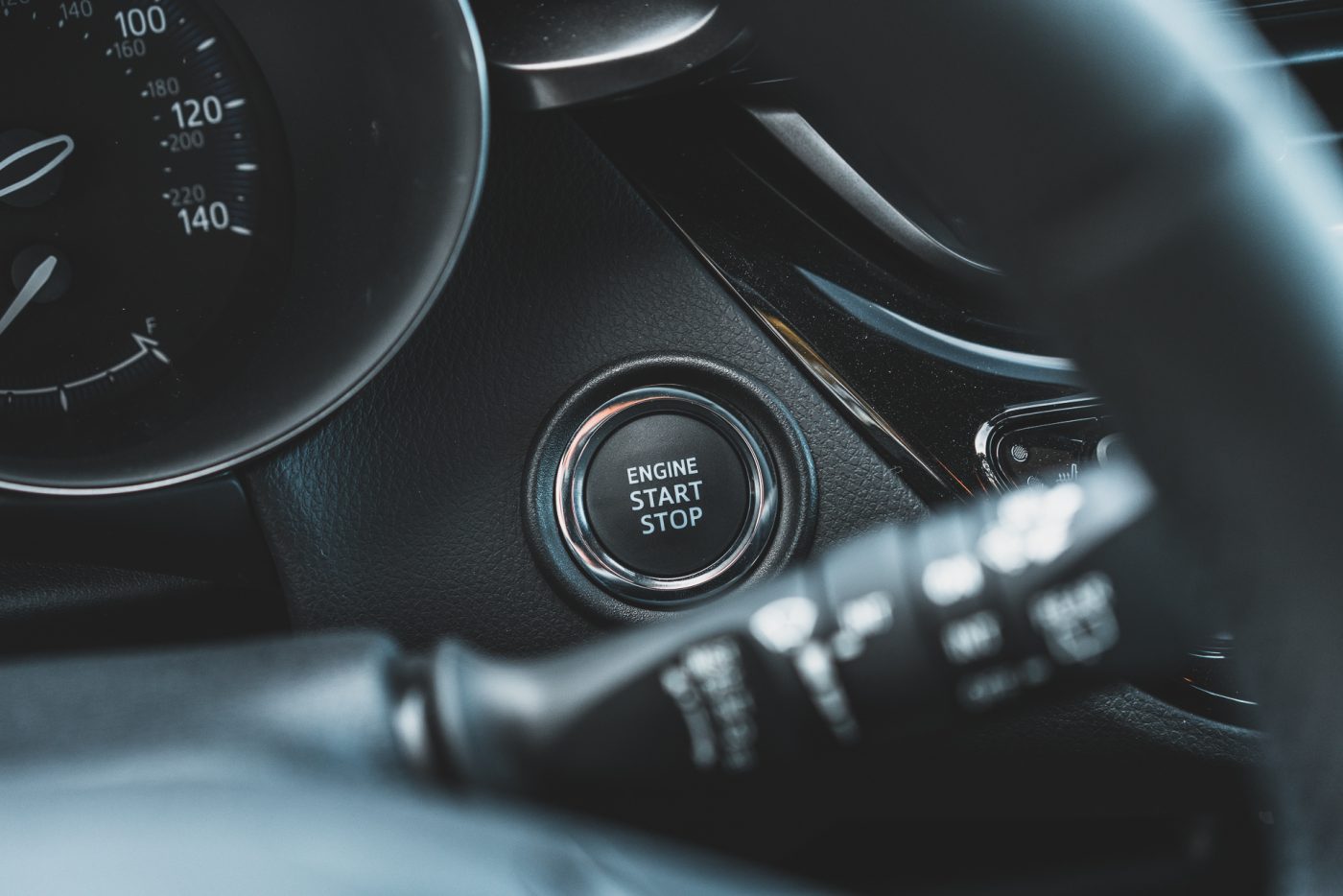
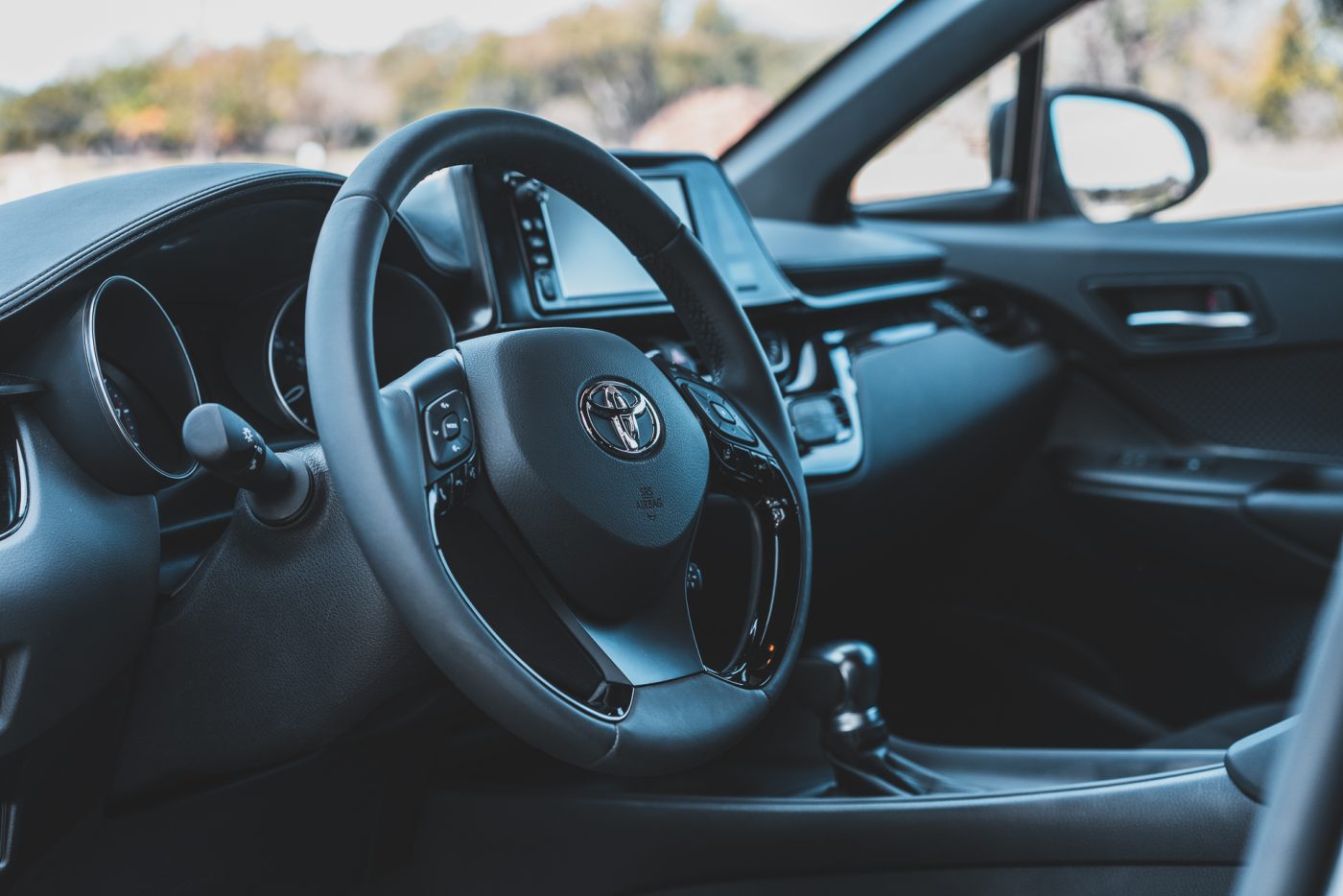
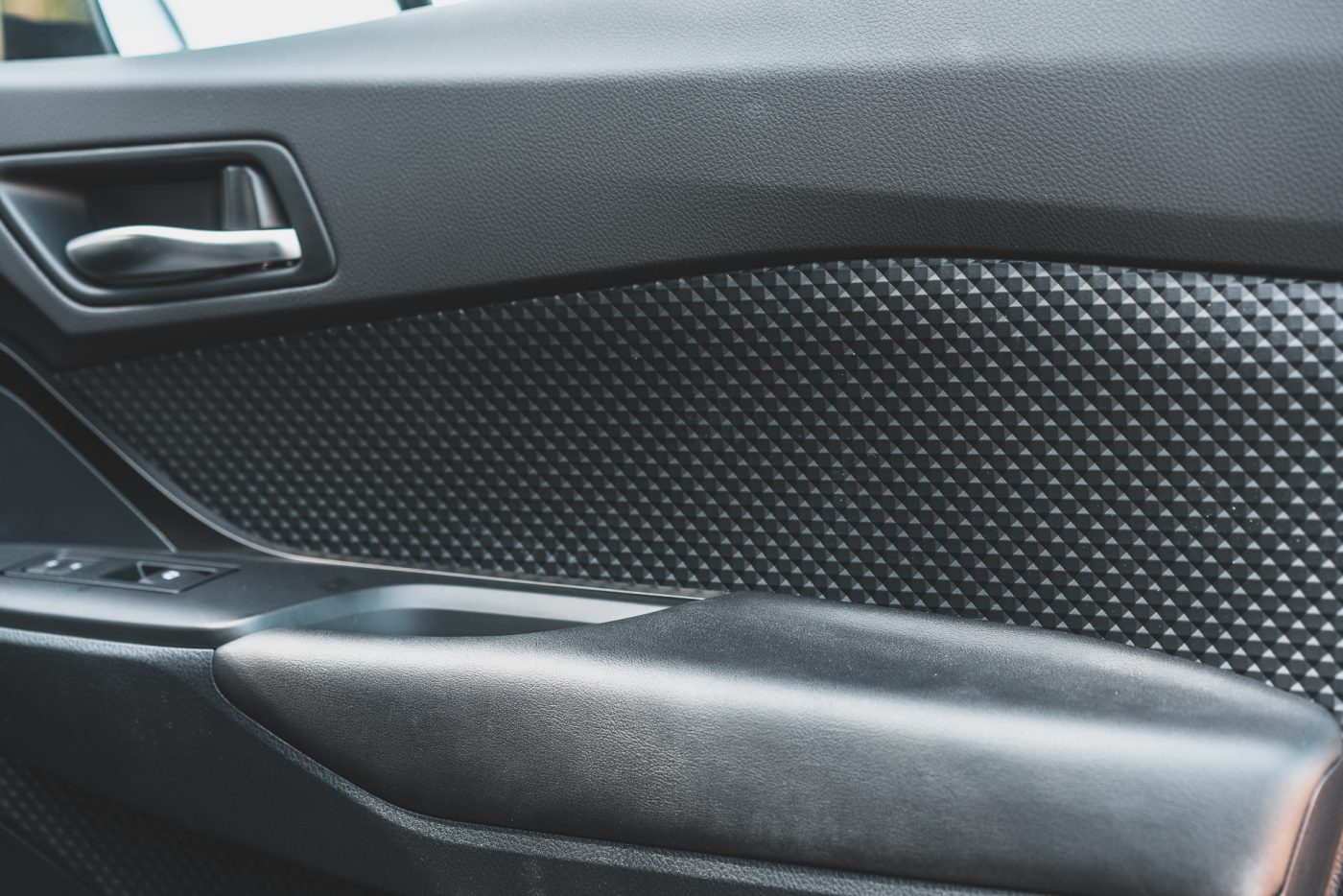
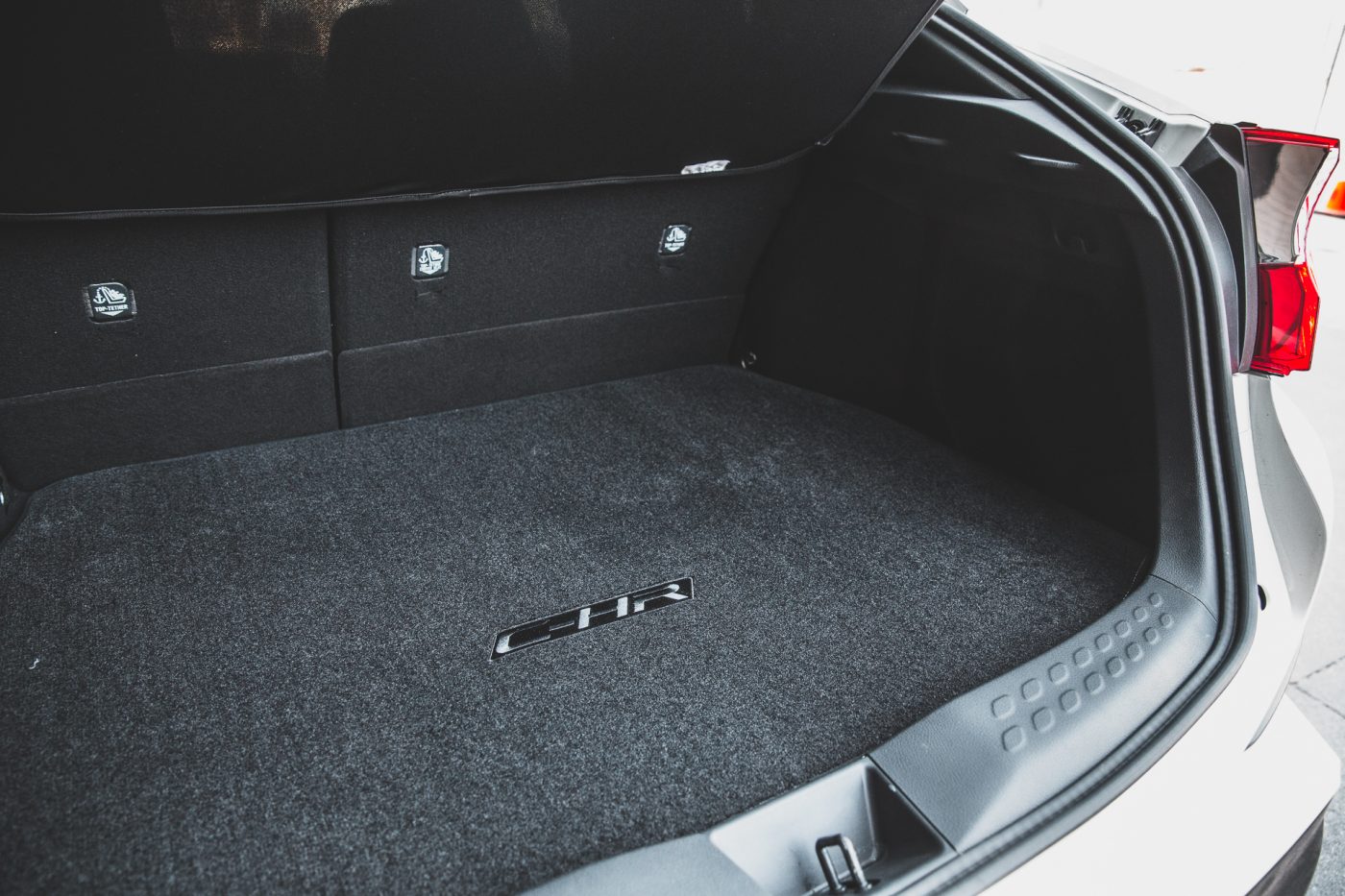
Slight details keep the interior youthful and functional such as the all-black cloth interior, 4.2-inch color Multi-Information Display, and the Sport and ECO driving modes along with a 6-speaker AM/FM/HD radio, USB 2.0 port, Bluetooth wireless connectivity, and Voice Recognition. A slight annoyance is the faux shift knob with the vehicle only available as an automatic. The back seats are spacious and comfortably fit an additional three passengers. Cargo capacity is ample and the seats lay flat providing the extra room to hold say a surfboard or possibly even a bike.

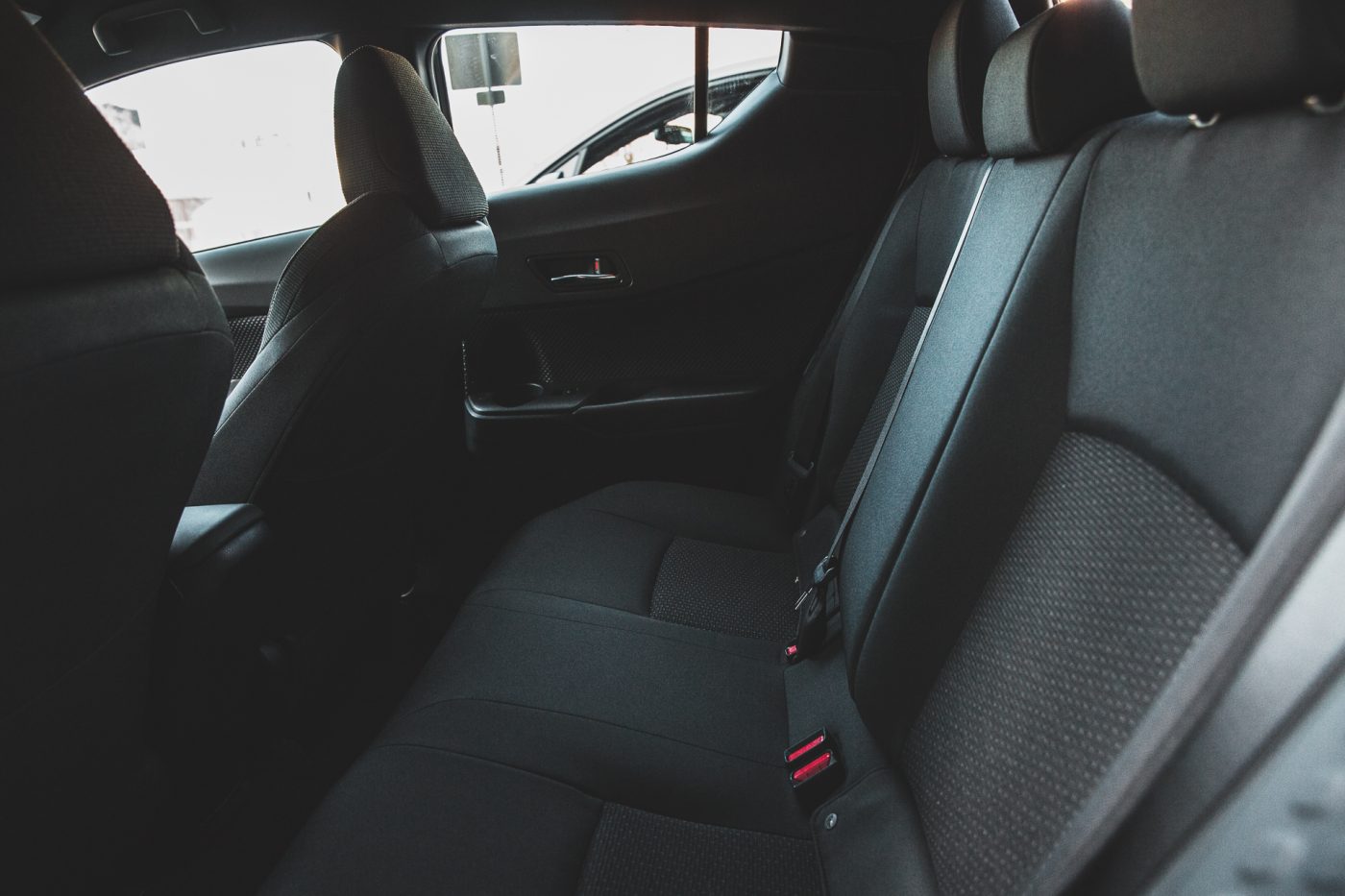
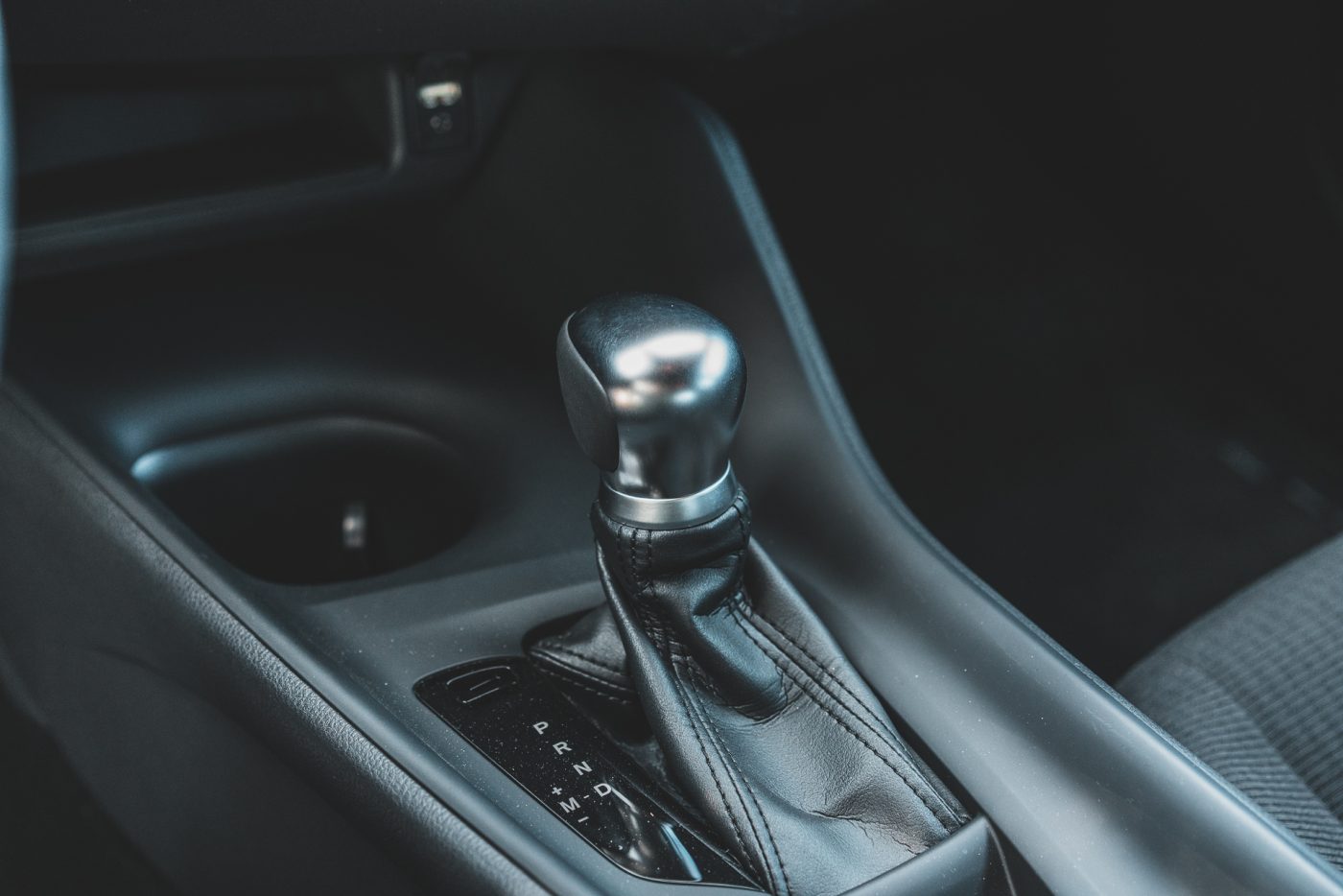
Through the city and open back roads of Austin, Texas the C-HR showcased its talent. Despite a 2.0-liter four-cylinder DOHC with only 144 horsepower, the vehicle was agile with a touch of sport. Acceleration was smooth and responsive. As we navigated through some open terrain the vehicle excelled with its go-kart like handling and nimbleness. The suspension tuning is a major plus factor as the C-HR handles like a champion due to the low-center of gravity coupled with the MacPherson strut suspension with SACHS dampers. Surprisingly comfortable the ride proved to be pleasant on the city streets and handled normal road traffic with effortless confidence. Sport mode increases responsiveness of the throttle, while enhancing acceleration – needless to say this was the mode we used a majority of the time. As a daily driver the C-HR is practical and yet fun.
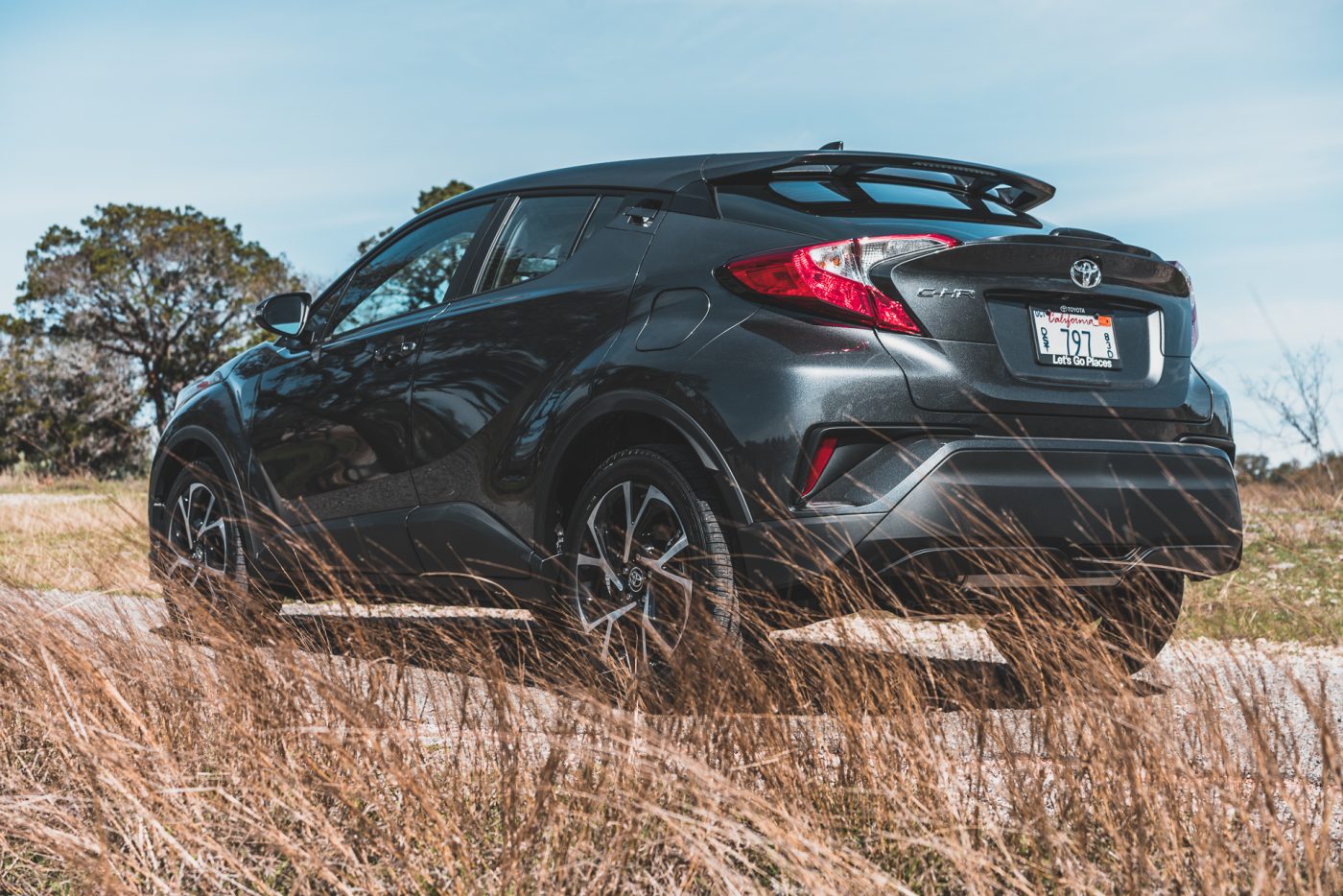
Some may argue that the C-HR lacks options that other vehicles may offer, however when comparing apples to apples and considering that the C-HR is a Scion in Toyota clothing, it shouldn’t surprise anyone that accoutrements such as leather seating, navigation, and other luxuries weren’t included or offered. Yet, I see this as an opportunity for personalization and customization. The C-HR is the right vehicle for Toyota to embrace the youth and their desire for all things custom. The automotive aftermarket will provide a plethora of options upon the vehicle’s introduction from wheels, bodykits, and lowered suspension and I’m excited to see what customizers will do with their canvas. In all honesty, I would love to get my hands on one as a new project vehicle.

The Toyota C-HR sparks creativity in a unique and bold package. Set to release in April the vehicle will make its mark as a it brings the youth into the Toyota lineage. Pricing will range from $22,500 for the XLE model to $24,350 for the XLE Premium and what you get is an affordable entry level Toyota with a 36-month / 36,000 mile new vehicle warranty with the option to upgrade and standard Toyota Care.

